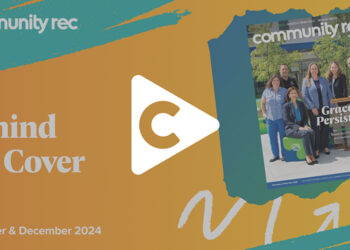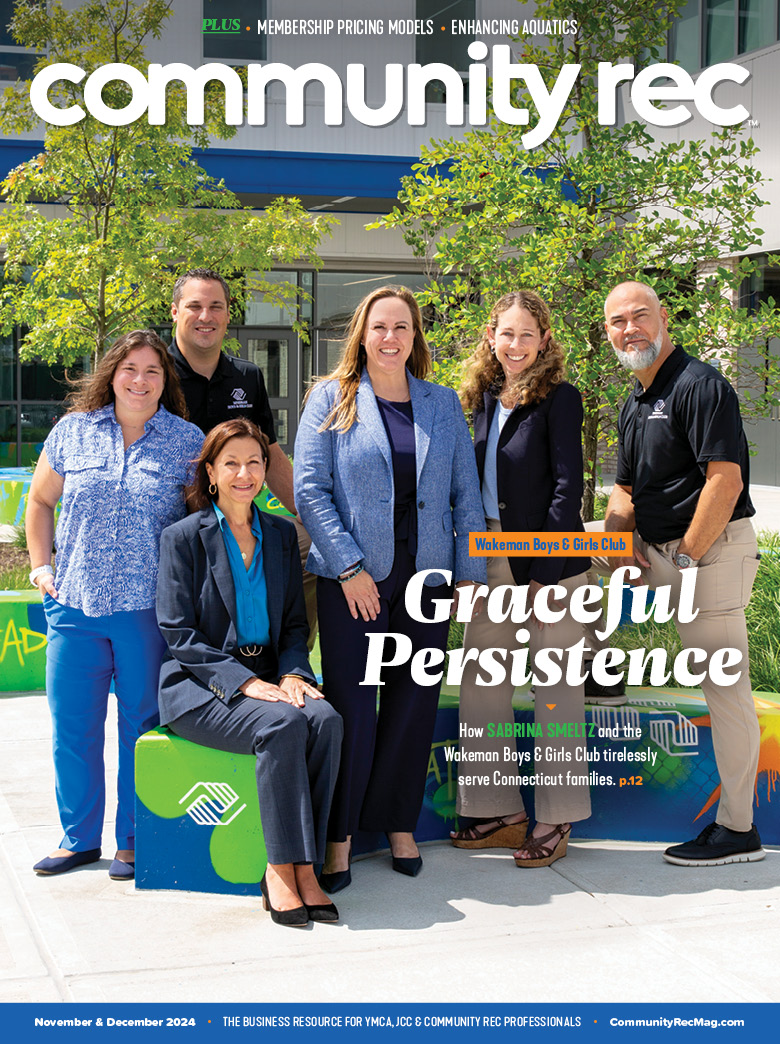Jon Kidwell, a leadership and business coach for nonprofits, outlines six practices to gather what you need to make great decisions.
As a leader, the decisions you make impact the lives of others. And you’re making them every day, all-day long. In fact, UNC-TV is cited stating that adults make more than 35,000 decisions a day. The trouble is that we don’t always feel like we have what we need to make the best decision. And since you care about your team and your community you want to make great decisions all the time. Gather what you need to make great decisions in every situation with these six practices.
6 Practices to Gather What You Need to Make Great Decisions
When you start using these practices you will improve your moment-by-moment decisions, grow the involvement and buy-in of your team and gain the confidence needed to make great decisions in tough situations.
- Gather yourself in the moment. Juliet Funt, author of “A Minute to Think” says, “It’s an intentional stepping back that provides the objectivity required to make better decisions and the space to reboot our exhausted brains.” Insert a breath or ask yourself, “What am I feeling in this moment?” Either of these actions give the brain the time in needs to process and align our thoughts and feelings on what is important before we respond.
- Make it a daily habit. Whether it is prayer, meditation or journaling the benefits are clear. A practice of gathering yourself each day leads to emotional stability, clarity about your thoughts and it improves concentration. This reflection also widens the narrow frame we often take when making decisions because it adds needed perspective by thinking about it more than one time. When you gather yourself each day you better prepare yourself for making better choices in the moment. Additionally, you revisit and reflect on the bigger issues leading to a deeper understanding and wider perspective so you can make the best decision for all involved.
- Set aside time each season to retreat. Schedule a day each quarter to get away from the daily grind and think. To make the best use of this retreat do these two things. One, set it up so you are free from distractions. Two, during your retreat reflect on the last quarter, wrestle with current problems and dream about what’s next. Continually gather yourself for the big decisions through regular retreats aimed at capturing your thoughts, processing ideas and thinking about what needs to happen in the future.
- Bring in other people. Too often we confuse our role as a decision-maker. We attempt to lead, decide and not burden people with issues. Being the decision-maker doesn’t mean we need to be the only one involved in the process. In fact, we should not be the only one when it comes to impactful decisions. There is an ancient proverb that says, “Where there is no guidance the people fall, but in abundance of counselors there is victory.” When we tackle big issues alone, we often fail because we approach it with limited options and a single point of view. It’s vital that you gather people around big issues, especially people who bring different experienced and insights than you. Whether it is for a specific issue or a group you receive regular counsel from to make great decisions find and organize a group of trusted advisors.
- List out tons of ideas. When it comes to solving problems our go to is right or wrong, this or that, or good or bad. With only two options on the table we limit our choices. Ultimately, we limit what’s possible because we didn’t think really big and broad. Get tons of ideas for your most difficult decisions when you do these three things:
- Replace the word or with and. With a focus on ‘or’ we merely trade alternative solutions. While using ‘and’ when listing ideas, we begin to connect possibilities on the board and in our brain.
- Lead a free for all brainstorm activity. Have fun with it. Invite everyone to list all the worst ideas ever. This will release people from the fear of getting it wrong. Once you’ve done that lead another no judgment brainstorm. The funny thing is you best idea may come from the least expected place.
- Ask yourself and the people you gathered – What else? This method of inquiry does two things. First, it acts as a prompt for people to continue to share ideas. Second, it engages us in a deeper level of processing as we think about ideas or about what may be an additional something to an idea already listed.
- Get the information you can. Data and feedback don’t always point us to a clear decision, but they provide insight and context for what we know. Sometimes it is difficult to pull the trigger because there is always one more thing we could look at. It’s important to gather the information you can, but avoid paralysis by analysis. Add the information you have to the advice and ideas your people shared. And combine it with your unique understanding and experience to make great decisions.
Build these six practices into your life and leadership. In doing so, you will be prepared for the challenges that come your way because you will continually gather what you need to make great decisions.










